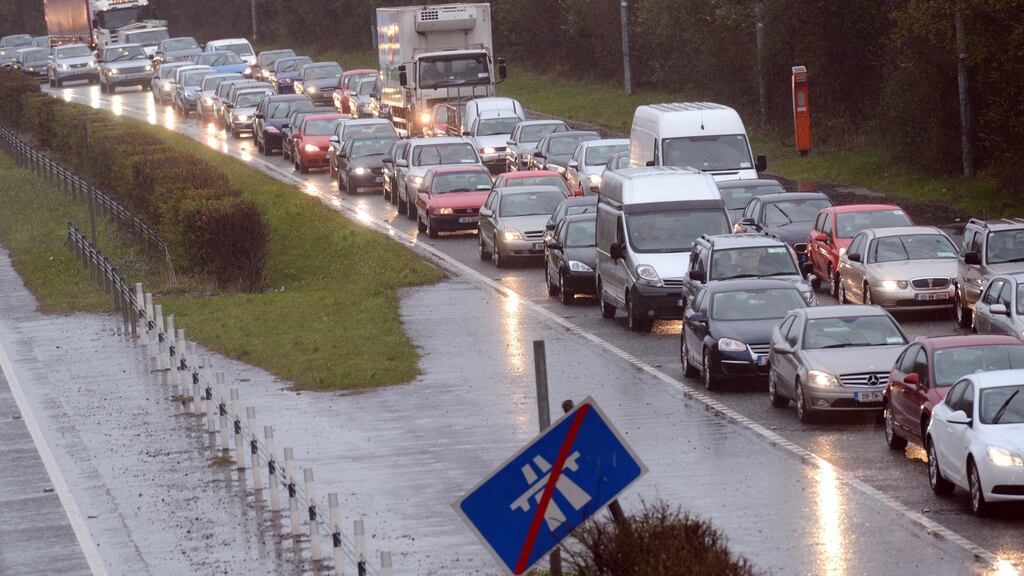What happened this week on the climate action front?
The Government published a revamped Climate Bill. It’s the platform for climate action, notably carbon emission reductions, over coming decades.
Its big elements are enshrining in law a target of halving Irish emissions by 2030; achieving “carbon neutrality” by no later than 2050; and adopting five-yearly carbon budgets – the enforcer mechanism. It has far-reaching implications because this framework means decarbonisation will be a central plank of Government policy.
The revised Bill is more robust on commitments, timelines and clarity of language compared with an earlier draft. No modern economy has achieved a 51 per cent reduction in emissions within such a timeframe.
Given Ireland’s singular failures to reduce emissions over many years (apart from the temporary impacts of the financial crash and Covid-19), a huge question mark hangs over this newly-forged, bold ambition.
How does a carbon budget differ from a fiscal budget?
It’s about carbon rather than euros. It sets the total amount of greenhouse gases, including methane arising from agriculture, which may be emitted in the State over five years, measured in tonnes of CO2 equivalent.
There is only so much carbon the world can expend if we have any chance of containing global temperature rise to within 2 degrees – and preferably 1.5 degrees, which is the critical Paris Agreement target.
A carbon budget will be based on recommendations from an enhanced Climate Change Advisory Council. It will propose the overall budget based on what climate science dictates, while the Minister for the Environment and Climate, in consultation with other relevant Ministers, must then develop “sectoral emissions ceilings” for each sector.
Transport emits 15 million tonnes of CO2 equivalent a year so it must reduce this by 50 per cent between now and 2030. The same applies to heat, electricity, building, power systems and agriculture. The Bill recognises the “distinct characteristics of biogenic methane” but that does not mean farmers will secure a get-out-of-jail card.
Sectors and government departments will have to bid and negotiate for their share of what has been described as the “pollution pie”. Trade-offs will have to be made in public, as they are when the government prepares fiscal budgets – if one sector gets more, another gets less. If one sector does less to reduce emissions, the rest have to do more.
There will be no hiding place; annual reporting will indicate progress or lack of it. Ministers will be held accountable for sectors under their remit. The issue of penalties, however, is not yet determined.
Do carbon budgets work in securing emissions reductions?
They are a proven driver of decarbonisation. The UK has demonstrated that they are highly effective and even help set out a long-term course for future budgeting. An essential element is that they continue in place once agreed, regardless of a change in government.
UK emissions in 2020 were 51 per cent below 1990 levels. This means it’s halfway to meeting its target of “net-zero” emissions by 2050. Ireland has a long way to go to get on such a trajectory – and little time to do it.
When will we know what’s in Ireland’s first carbon budget?
As it covers the 2021-2025 period, it needs to be in place in a matter of months, so an intense series of interacting moves is being implemented including an elaborate public consultation process. The Government must draw up a new climate action plan factoring in the Bill’s requirements, which is expected to be launched in tandem with a renewed National Development Plan this summer.
The whistle has been blown on a race to achieve a net-zero Ireland in a desperate attempt to help avoid climate breakdown.









